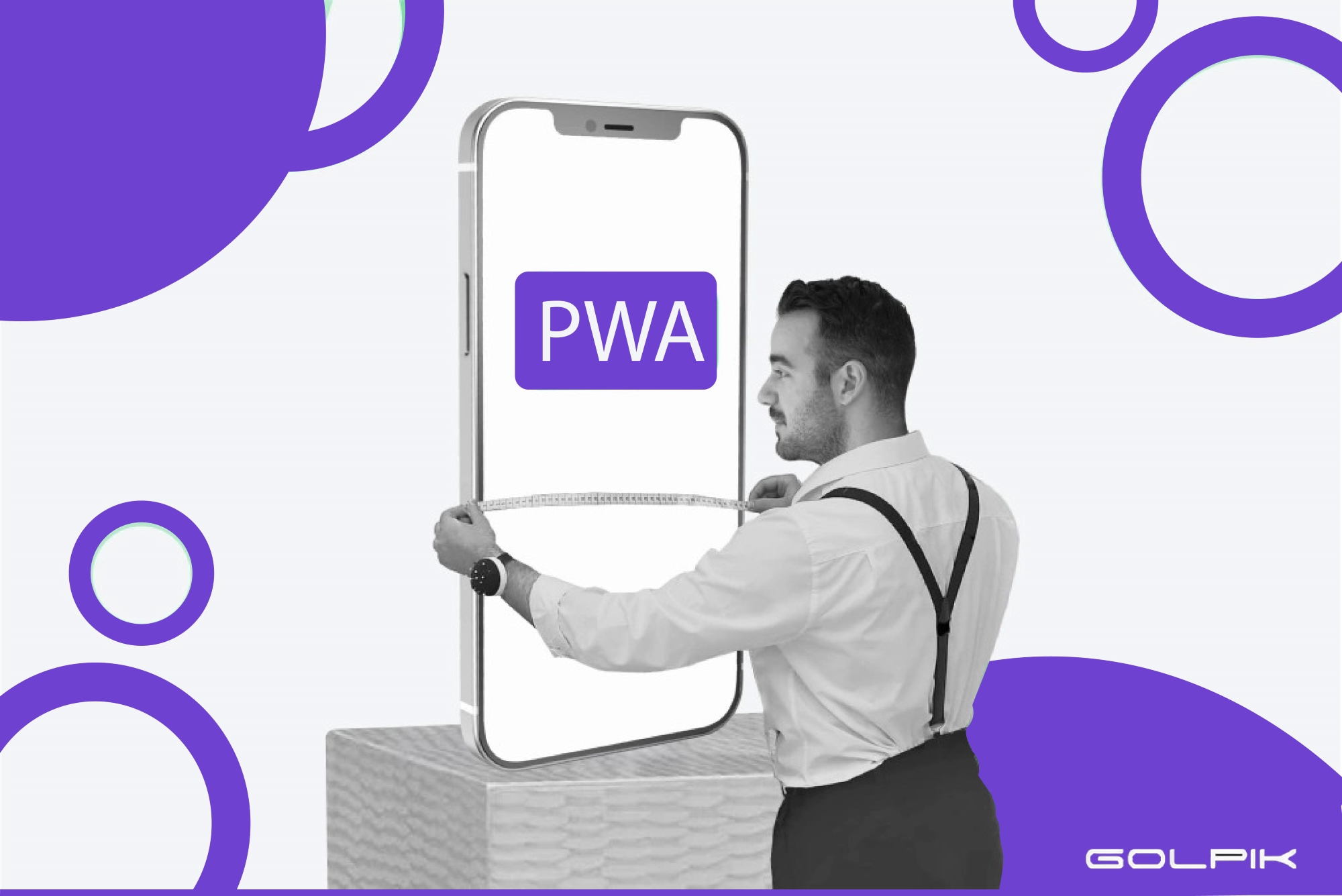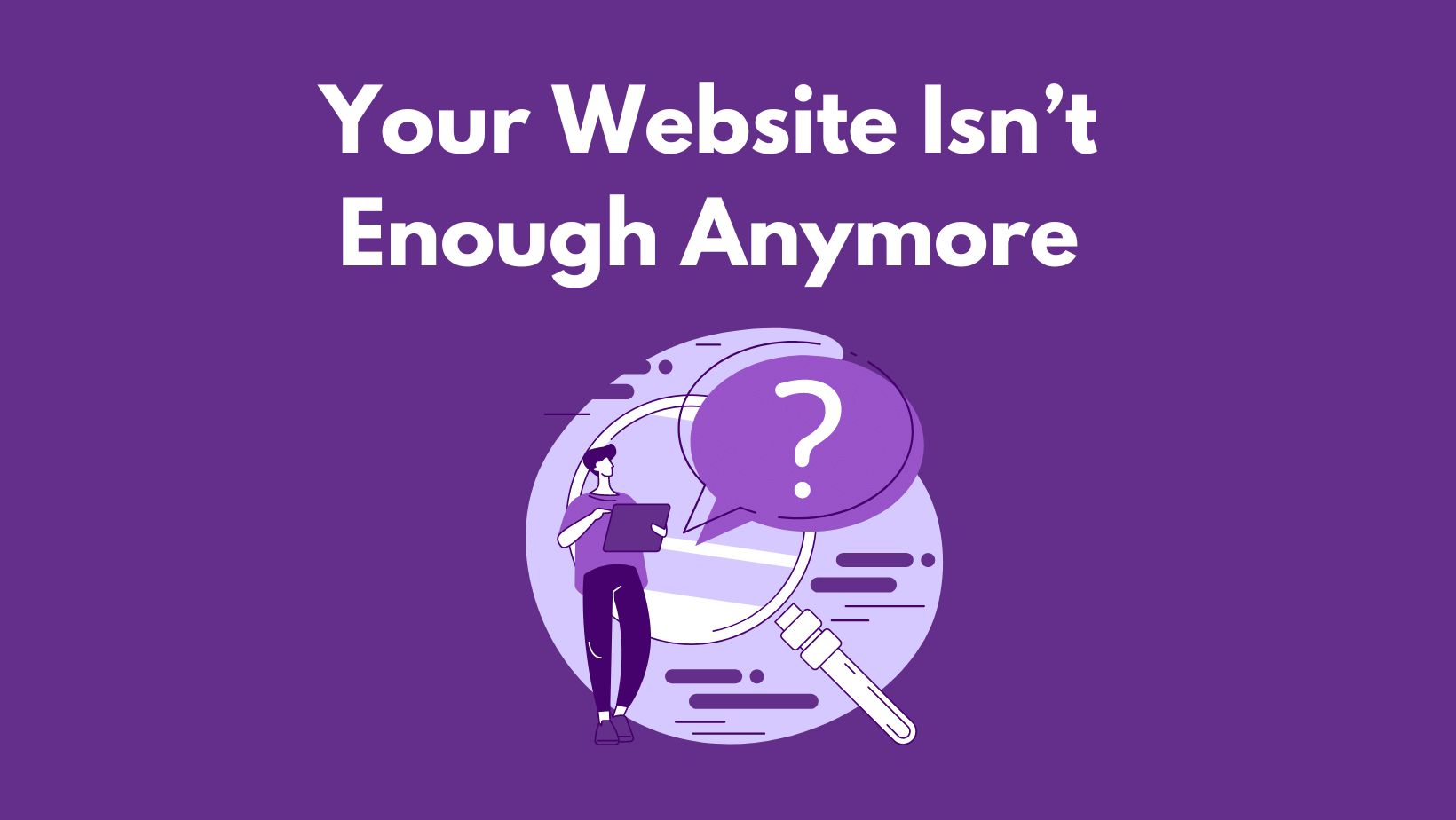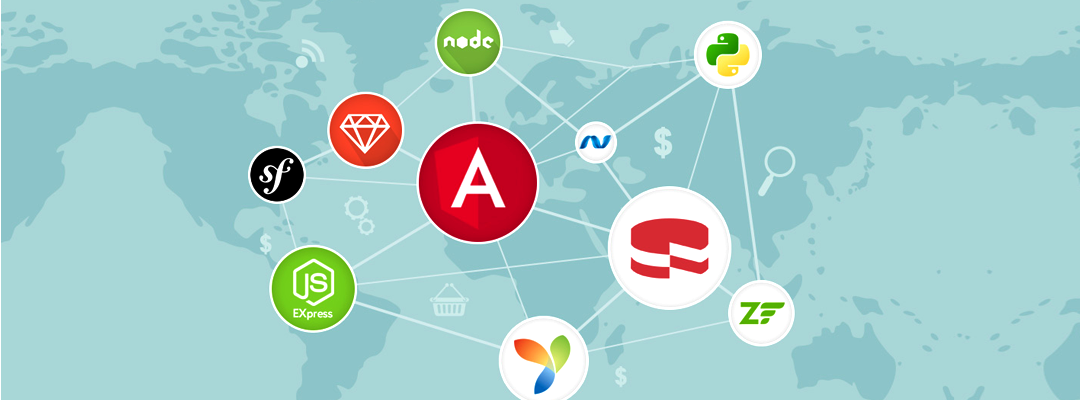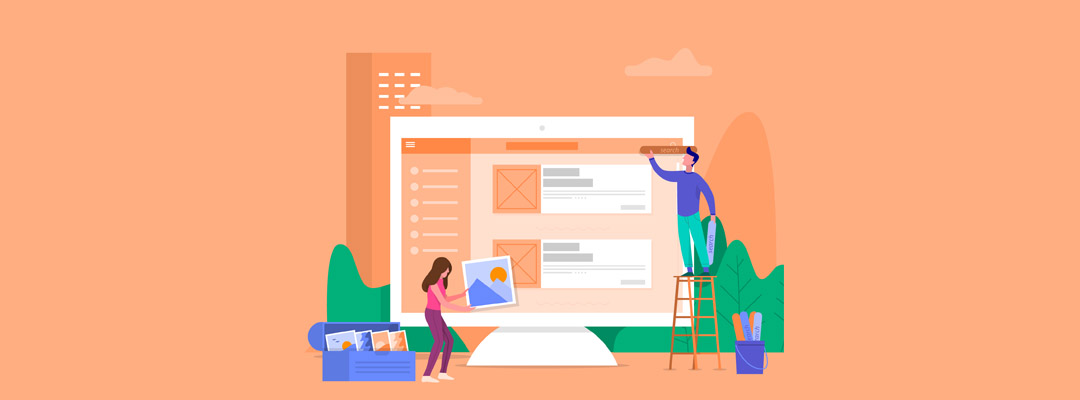SaaS Security Guide: How to Protect Your Product and User Data
The increasing need for SaaS (Software-as-a-Service) applications has dramatically increased due to COVID-19 and its work-from-home essential. Different things occur on a work-from-home basis. A leading aspect is that the official corporate networking system offers a significant portion of an enterprise’s security.
The security features of SaaS necessarily demand huge attention, particularly for maintaining consumers’ trust. It is not a new concept, but it is considered as the top-most reason that ensures preventing wider SaaS model adaptation. This article specifically focuses on a SaaS security guide on how to protect the product and user data.

What Makes a SaaS App?
SaaS is not completely a newly designed concept. It is generally a technological tool tested over different durations of time. In 1980, the rise of SaaS history emerged with a globally digitalized trend, completely changing the world in the arena of software. Therefore, the SaaS model applies to the vendor’s host software on a remote basis, leading to deliver a subscriber mode through the internet.
SaaS apps are considered similar to traditionally designed software. It gives numerous benefits with the rising mode of applications and software development. Its most leading aspects include strong security, cost-effectiveness, increased scalability, enhanced flexibility, easy update, quick setup, and instant loading.
SaaS products are considered and utilized with higher security standards. As much data are stored on a server, every vendor performs their great efforts in protecting users’ data from various threat, such as SQL injection.
The objective of every vendor is to assure the provision of highly demanded and quality service. It also focuses on delivering different SaaS benefits to the individual user. This specific focus enables guaranteeing top-notch security and maintenance from every layer.
It finally makes SaaS architecture completely different and stands apart from other general software. An example may include networking tools and infrastructure systems that are an essential part of every software service.
The above aspects are the only reason that cybersecurity needs an important focus and concern. Many interesting cybersecurity facts can be considered and worked on. Similarly, many SaaS security concerns are required to be emphasized for developing top-notch and reliably usable software.
SaaS Security Issues:
There had emerged a spectrum of threats and vulnerability concerning SaaS security issues in 2020. It constituted up to $3.86 million on average cost for data breaches. According to McAfee’s report, the overall amount of threat that was targeting cloud services grew by up to 630%.
Referring to SaaS cybersecurity threats, there were observed many threats and problems with cloud-computing services. These issues were mostly about SaaS cloud security. It all determines that the data is stored using third-party providers while it is accessed all through the internet technology.
There are different SaaS applications’ related critical security issues that need to be focused on the different intervals.
· Security Misconfiguration: According to Open Web Application Security Projects, the problem of SaaS security is a general web security-based problem. It is generally the incorrect setup of computing assets that causes malicious activity in the SaaS service. To assure SaaS security concerns, there is a need to correctly do the configuration of every tool that is utilized in the service while continuously upgrading them.
· Cross-Site Scripting (XSS): It is considered as the secondly emerging general vulnerability that impacts around 2/3 of every application. Such a kind of attacking threat refers to the injection of malicious code on every page that is shown on the side of the end-user. This SaaS web-based security threat could be stopped through the newly developed version of React JS or Ruby on Rails.

· Identity Theft: The use of SaaS products and services could face vulnerability if the online service is used with a credit card. It causes the risky factor of identity theft. However, this type of problem can be prevented with a specific security tool, including in-transit or at-rest encryptions, LDAP, or firewalls.
· Insufficient Logging and Monitoring: It is quite necessary to check electronically auditing logs to be saved from unauthorized or possibly malicious-related activity. It is important to note that there is a breach time of 280 days where a potential threat is detected and worked on. Such kind of threat is also addressed through third-party service.
Given the above, it is obvious that a substantial loss can be caused to all SaaS applications about their security matters. A small business is highly likely to face a huge cost of data breaches. These security issues pose a great effect on the cost of developing a SaaS application.
After understanding the above major safety threats, it is time to consider the best practices on SaaS security and its guide.
SaaS Security Checklist:
Step 1: Develop a Detailed SaaS Security Guide:
The below guide is necessary to be focused on to assure the adaption of the right security strategy:
· Assess the software environment for detecting security-related vulnerability and risk. It can be considered quite useful for checking the entire security and knowledge structure.
· Understand the way of defining and eliminating risk.
· Establish a checklist with an internally controlled system.
· Ensure security standards for every SaaS application.
Moreover, there is a need to pay great attention to the directly desired SaaS security standards. These may include ISO/IEC 27001, SOX, CIS, NIST 800-171, HIPAA/HITECH, PCI DSS, and GDPR.

It is also important to note that the SaaS security checklist needs to be promoted with a security-based culture:
· Start creating offboarding or onboarding checklist that can ensure the regulation of all security problems. An example may include the entry of basic information for the workforce, computer encryption, or the use of password managers.
· Ensure employing centralized user management which can be controlled with complete data flow throughout the app ecosystem.
· Develop establishment of internal and public security policies, particularly for informing every SaaS application user concerning the data collection and processing.
Step 2: Employ a Secure Software Development Life Cycle (SDLC):
The employing of a secure SDLC applies a realized security activity all through the entire developing lifecycle. It comprises penetration tests, threat modeling, vulnerability analyses, and secured coding methodologies. Consequently, the SaaS security issues are resolved by detecting every developing stage while fixing it before production.
Step 3: Ensure Secure Deployment:
The next stage of the SaaS security guide is related to deploying safety concerns. These safety concerns are cloud deployment and self-hosted deployment.
· Cloud Deployment: Vendors offer every service that ensures SaaS-related infrastructure hardening, data segregation, and data security.
· Self-Hosted Deployment: The afterward process is to ensure the prevention of DoS (denial-of-service) and networking penetration attack. A leading practice to resolve such issues includes focused deployment, delivery, and continuous integration. There is also a recommendation for automating the deployment process where deemed necessary.
Step 4: Configure Automated Backups:
The process of creating an automated backup is a major section of the SaaS security checklist. It is quite an unobtrusive safety measure. It avoids consuming a lot of time and effort while configuring correctly. However, it is quite a great factor when it comes to deal with disaster recovery and business continuity.
It is primarily the data backup that enables the recovery of the entire system. It happens particularly when the data is deleted or destroyed through the outside strong anti-security aspects.
Step 5: Implement Security Controls:
The final step and guide to ensure a better SaaS security and to protect the product and user data are to implement security controls. SaaS application security control is a leading measure that is focused on detecting, avoiding, and reducing security risks for varying assets.
All providers are required to implement different security controls that are a part of the final checklist. These controls may include offline repository inspection, proxy-based real-time detection, data loss prevention, advanced malware prevention, data encryption, and tokenization.
Finally, some other security controls include monitoring and logging controls, and IAM (identity and access management) control. These controls altogether provide privileged access management, access control implementation, two-factor authentication (2FA) usage, and password policy creation, thereby becoming a robust solution for the entire SaaS security guide.
If you are looking to launch your web application, then consider this Saas application security guide for a smart and reliable solution and protect your application. However, if are are looking for a complete solution, then consult an expert.






